Ship navigation officers play a crucial role in ensuring the safe and efficient operation of vessels at sea. Their responsibilities include route planning, watchkeeping, collision avoidance, and compliance with international maritime regulations. To excel in these demanding tasks, navigation officers must have access to well-regarded books that provide technical knowledge, operational guidance, and real-world problem-solving techniques.
This article highlights the top-rated books for navigation officers, offering essential reading for cadets, experienced mariners, and officers preparing for competency exams or advancing their maritime careers.
1. Admiralty Manual of Navigation (Volume I and II)
The Admiralty Manual of Navigation, published by the UK Hydrographic Office (UKHO), is widely considered the gold standard in marine navigation literature. It covers all aspects of navigation, from celestial and terrestrial navigation to modern electronic systems such as ECDIS (Electronic Chart Display and Information System). Key Features:
- Comprehensive coverage of marine navigation principles.
- Clear illustrations, navigational charts, and plotting examples.
- Practical exercises for route planning and position fixing.
Example: A Second Officer preparing for a Chief Mate’s certification used the Admiralty Manual to master complex navigation scenarios, including celestial fixes using a sextant, essential for long oceanic voyages.
2. Bowditch’s American Practical Navigator
Nathaniel Bowditch’s American Practical Navigator, often referred to simply as “Bowditch,” is an indispensable reference for maritime officers. This guide provides extensive coverage of navigational techniques, meteorology, oceanography, and shipboard safety protocols. Key Features:
- Detailed sections on nautical astronomy, dead reckoning, and GPS navigation.
- Practical examples of using navigational instruments like sextants, chronometers, and radar.
- Real-world case studies on navigating through high seas and adverse weather conditions.
Case Study: During a transatlantic voyage, navigation officers aboard a cargo ship referenced Bowditch to adjust their course when faced with a rapidly forming tropical storm in the Atlantic Ocean.
3. Principles of Navigation by Dutton
Dutton’s Principles of Navigation is a classic navigation textbook used in maritime academies worldwide. It explains fundamental navigation principles, including position fixing, timekeeping, compass use, and passage planning. The book balances theory with practical examples, making it ideal for navigation officers at all career stages. Key Features:
- Comprehensive coverage of navigation concepts and practices.
- Detailed explanations of tide calculations, current charts, and ocean passage strategies.
- Used by top maritime academies such as the California State Maritime Academy (Cal Maritime).
Example: Maritime cadets in a Marine Navigation course at SUNY Maritime College use Dutton’s book as a core reference during their practical training on ship simulators.
4. Reeds Nautical Almanac
The Reeds Nautical Almanac is an annual publication that provides up-to-date navigational data, including tide tables, port guides, weather forecasts, and maritime regulations. It is widely used by professional mariners, navigation officers, and yacht captains. Key Features:
- Comprehensive almanac with global port information.
- Tidal data, astronomical information, and meteorological forecasts.
- Regulatory updates from the International Maritime Organization (IMO) and SOLAS (Safety of Life at Sea) standards.
Case Study: A coastal tanker navigating the English Channel, one of the busiest shipping lanes globally, relied on Reeds Nautical Almanac for accurate tide times and approach procedures at key ports like Rotterdam and Antwerp.
5. Ship Stability for Masters and Mates by D.R.J. Eyres and E. Bruce K. Wright
Ship stability is critical for safe navigation, and this book is a top recommendation for navigation officers aiming to improve their understanding of ship stability concepts. It covers essential stability principles, cargo stowage, and damage control. Key Features:
- Comprehensive coverage of ship stability theory and calculations.
- Real-life examples of stability incidents and corrective actions.
- Useful for preparing for Chief Mate and Master exams.
Example: A Chief Officer responsible for loading operations on a bulk carrier used this book to improve ballast water management, ensuring compliance with IMO’s Ballast Water Management Convention and avoiding port delays.
6. Radar and ARPA Manual by Alan Bole and Bill Dineley
Modern navigation heavily relies on radar and Automatic Radar Plotting Aids (ARPA). This manual offers a detailed understanding of radar theory, operational techniques, and ARPA functionalities, making it an essential resource for navigation officers managing vessel traffic in busy sea lanes. Key Features:
- Practical guides on radar plotting and collision avoidance techniques.
- Real-world examples of radar interpretation and ARPA integration.
- Regulatory compliance tips for STCW (Standards of Training, Certification, and Watchkeeping) certification.
Case Study: Navigation officers aboard a VLCC tanker navigating through the Malacca Strait used advanced ARPA plotting techniques learned from this manual to avoid collisions with smaller vessels operating in restricted waters.
7. Celestial Navigation for Professional and Amateur Sailors by Dominique Prinet
While electronic navigation systems dominate modern ships, celestial navigation remains a vital skill, particularly as a backup during system failures. This book simplifies celestial navigation techniques, making it accessible even to beginners. Key Features:
- Clear explanations of celestial navigation theory and sextant use.
- Practical exercises for determining positions using celestial bodies.
- Step-by-step guides on using the sun, moon, planets, and stars for navigation.
Example: During a training voyage, cadets aboard a training vessel used Celestial Navigation by Prinet to practice manual position fixing when their GPS system was intentionally disabled for training purposes.
8. Marine Navigation and Safety of Sea Transportation by Adam Weintrit
This modern reference book explores advanced navigation concepts, marine transportation technologies, and maritime safety regulations. It covers specialized topics such as digital navigation systems, dynamic positioning, and autonomous ship technologies. Key Features:
- In-depth analysis of modern maritime technologies.
- Case studies on maritime accidents and their root causes.
- Updates on international maritime policies and regulatory changes.
Access to top-rated books is essential for navigation officers seeking to advance their maritime careers and improve their shipboard operations. From classic texts like Bowditch’s American Practical Navigator to specialized guides like the Radar and ARPA Manual, these books provide a comprehensive foundation for both theoretical knowledge and practical skills. Maritime professionals must regularly update their reading lists to stay current with technological advancements, evolving regulations, and industry best practices. By studying these essential books, navigation officers can enhance their expertise, ensure safer ship operations, and achieve long-term success in the global maritime industry.

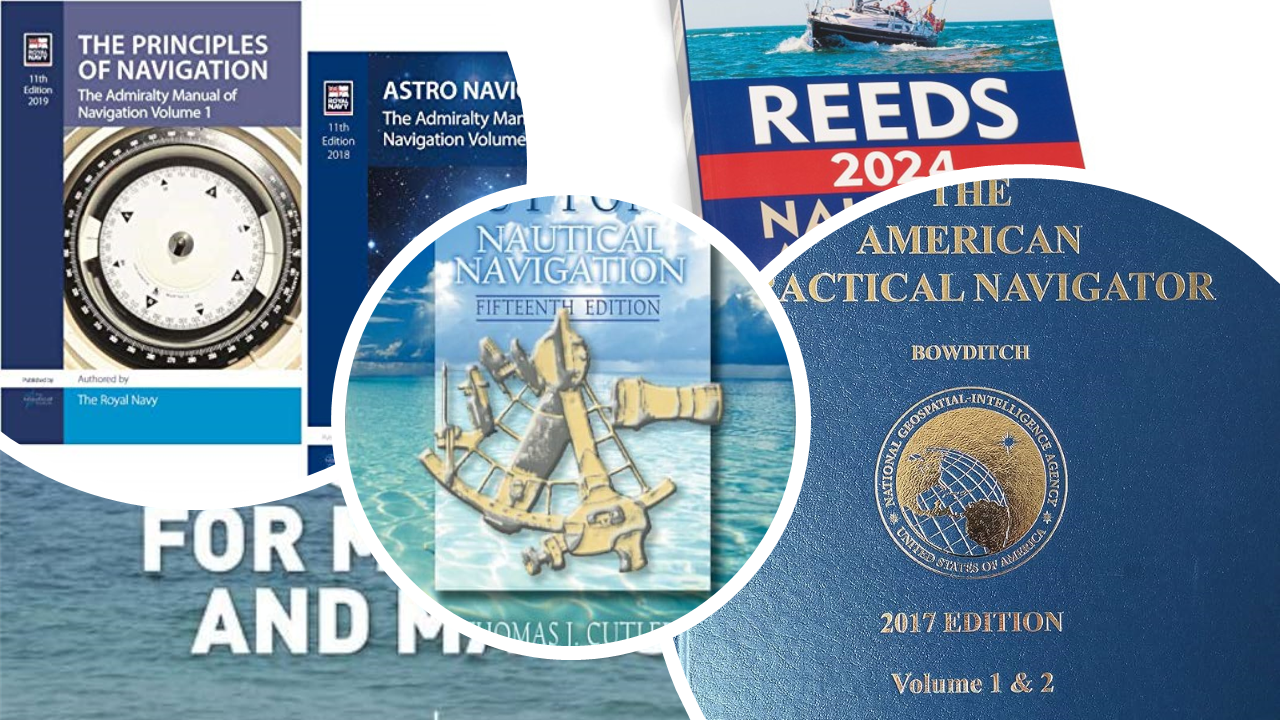
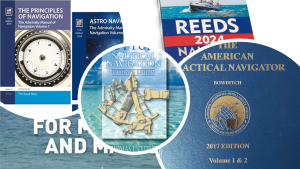
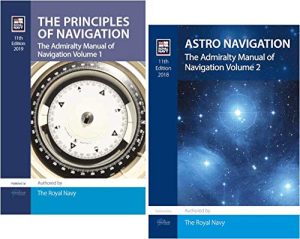
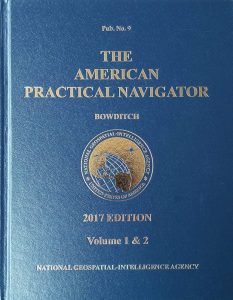
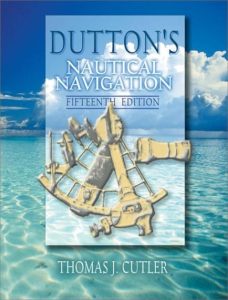
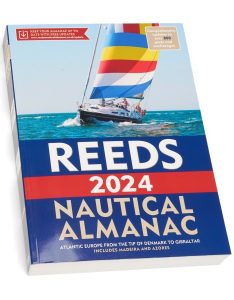

thank you.